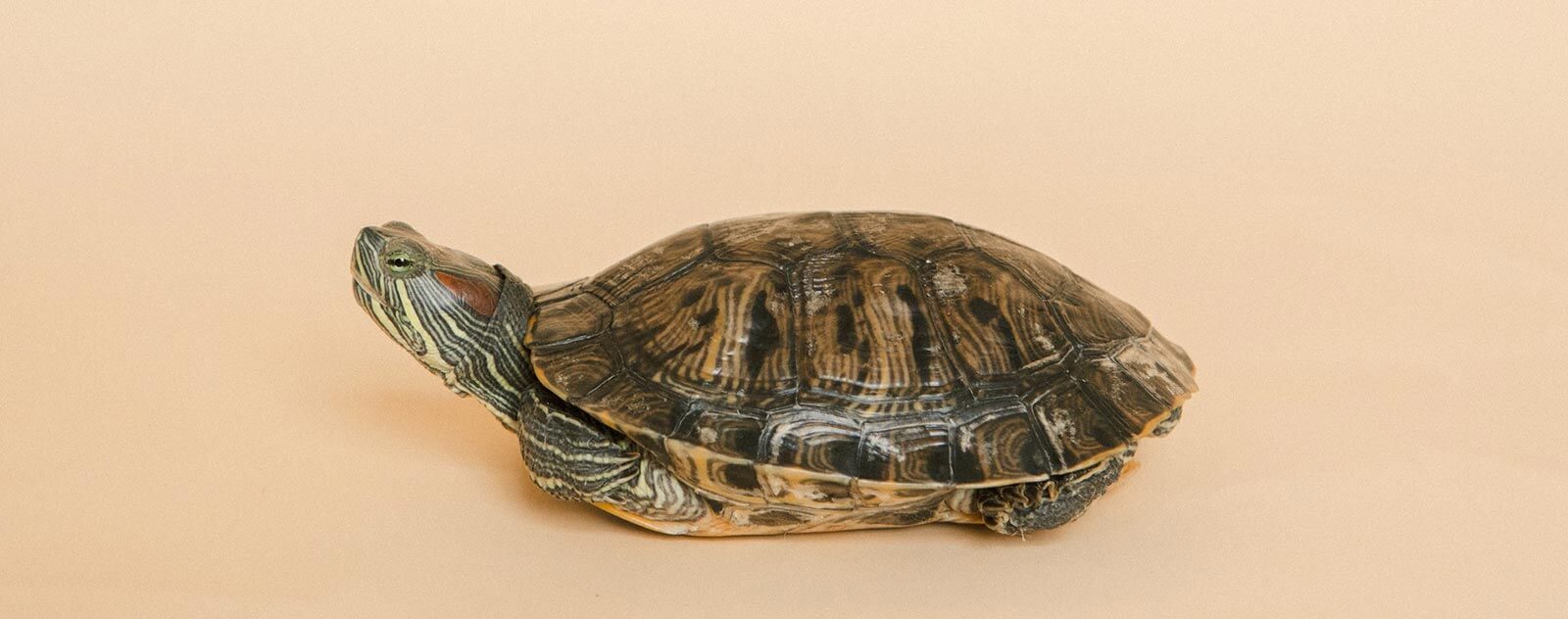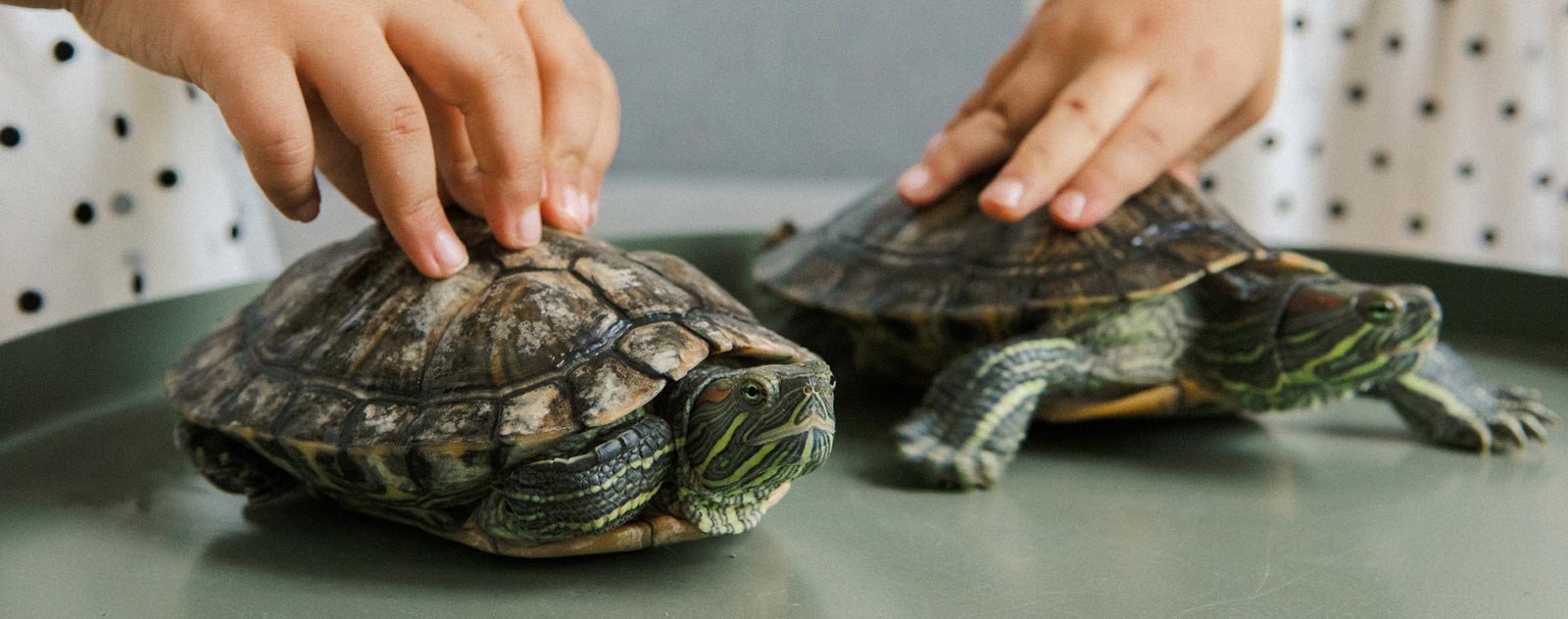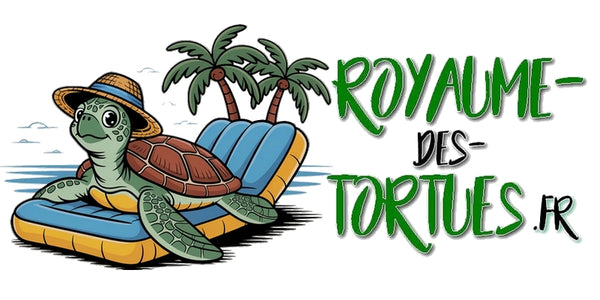
Which turtle to buy?
Having a pet or keeping a turtle home can be a fantastic idea. Enjoying the company of turtles would be a wonderful adventure. However, it's essential to have an idea of what to buy. Which turtle should I buy for good breeding or companionship? To get the exact answer to your question, it's essential to follow this section.
Yes, it's very important to know the species of turtle you want to buy. Turtles are a frequently requested pet. Therefore, when purchasing one, we recommend buying either aquatic turtles or land turtles. This means that not all turtles are the same species. This is why it's so easy to care for a turtle.
As you read on you will discover
- The turtle living in terrestrial environments
- The turtle living in aquatic environments

Turtles capable of living in terrestrial environments
There are several species of tortoises. So, given their variety, you are free to decide which species of tortoise you want to buy. To give you an idea of the type of tortoise to choose, here are a few:
Hermann's tortoise, an autonomous animal
Also called the Moorish tortoise , the Hermann's tortoise is an animal belonging to the Testudinidae family. Native to the Mediterranean region, it is a tortoise perfectly suited to beginners. Being small in size and weighing more than 1 kg, the Hermann's tortoise is very independent and has a very good sense of direction.
If you let your Hermann's tortoise roam your garden, don't panic. Since it's a solitary creature, it can feed on leaves, flowers, fruit, worms, and even snails. The foods this animal consumes are not exhaustive.
Indeed, the Hermann's tortoise, being one of the terrestrial species, has a lifespan of around 40 years. Thanks to the Hermann's tortoise, you'll have plenty to keep you busy. It's also an ectothermic animal and easy to raise.

Indian Star Tortoise, a better partner
As its name suggests, the star tortoise is an animal found in India and Sri Lanka. It is a species of tortoise that can reach 30 cm. It is a male tortoise that often reaches 16-19 cm. It has a very domed shell decorated with yellow rays. It remains an animal recommended as a pet.
Long appreciated, it has proven itself a sensitive species due to its massive importation. Its recommendation today has become unthinkable because it appears to be a very high-quality species. Easy to raise, the Indian star tortoise can make you a better pet partner. It is an exclusively herbivorous tortoise that feeds daily on curly lettuce, endive, clover, dandelion, and various herbs.
The plant foods consumed by these species are not complete. Occasionally, the star tortoise eats fruits, mulberry leaves, and acacia. However, to purchase the tortoise as a whole, it is essential to have a permit to keep it.

Testudo tortoise, sensitive species
A breed that encompasses five different species. Testudo tortoises are generally kept as pets. However, the North African Testudo species are highly sensitive animals. This sensitivity is an asset to consider, as a sensitive animal is easy to raise.

Horsfield's tortoise, easy to raise
Horsfield's tortoise first appeared on land 200 million years ago. This tortoise is found throughout much of Asia, primarily in Iran and elsewhere. Also known as the steppe tortoise, Horsfield's tortoise lives in the steppes of Central Asia and desert environments. This is characterized by very cold winters and very hot summers.
This turtle reached its peak during its space voyage in 1968. This species of turtle is widely available in pet stores across France. Do you want to own this animal? If so, visit pet stores in France and get one.
Adopting this turtle requires a little more expertise than others. Therefore, we recommend acquiring one after having some experience with another turtle or seeking advice from turtle enthusiasts.

The leopard tortoise and the spurred tortoise
The leopard tortoise and the African spurred tortoise are tortoises native to eastern and southern Africa. They are often found in mountainous areas as well as savannah and arid climates. In fact, the leopard tortoise exists in two different species. First, the African spurred tortoise lives in southern Africa. Second, we have the African spurred tortoise , which lives in eastern Africa.
However, if you keep this tortoise in captivity, it goes without saying that you need to ensure its diet and habitat are well maintained. All these elements must be in line with its natural biotope . Primarily herbivorous , it consumes dandelions, clover and many others. The leopard tortoise also appreciates fruits and vegetables in small quantities to avoid the occurrence of diarrhea. In order to ensure good condition, we recommend a diet rich in fiber.
Leopard tortoises and African spurred tortoises are very heavy tortoise species. The leopard tortoise measures 30 to 50 cm, while the African spurred tortoise weighs up to 70 cm. They grow at a rapid pace, making them a relatively straightforward tortoise to raise. However, it's also important to provide a large terrarium for these species, and even an outdoor enclosure for the summer.

The turtle living in aquatic environments
Buying a turtle isn't too complicated. But what's important is which species to buy. As I said, you're free to choose. However, there are aquatic turtles that are easy to raise. However, which species of aquatic turtles should I adopt? This question has its answer if you continue reading this guide. Follow us:

- Pleurodire turtles and the striped mud turtle
We have two species of pleurodire turtles that are suitable for beginners: the Pelomedusa subrufa and the Emydura subglobosa. Being both tropical, they are carnivores. If you want to keep this species of turtle, it would be best to conform to their lifestyle.
As for the striped mud turtle, it is a turtle that can live not only in aquatic environments but also in terrestrial environments . It is both a carnivorous and herbivorous animal. It consumes fish and plants as well as small invertebrates.

- Chinese Ocadia tortoise and the Keel-billed Cinosterne tortoise
This species of aquatic turtle measures approximately 20 cm when fully grown. Indeed, the Ocadia turtle is a very agile and active turtle. It is a turtle that is also very close to the Florida slider.
Rather unique, the keeled tortoise has a very distinctive head shape. It is a carnivorous tortoise. If you want to adopt this animal, it is advisable to raise it alone because it does not get along with other tortoises of its species.


